The acidity of a vinegar is the attribute that inhibits the food preserved in it from spoiling. There are all sorts of vinegar and depending on what they are made from and how they are made will have an effect on their acidity.
Choosing and using vinegar of the right acidity is important so let’s explore some different varieties and the acidity of different vinegar.
Table of Contents
What Is Acidity?
Acidity measures the amount of acid in a solution. In our case, it would be the amount of acetic acid in vinegar.
This is most commonly expressed as a percentage, for example, white spirit vinegar at 5% acidity has 5ml of acid for every 100ml of vinegar. This way of expressing the amount of acidity is important as this would be the minimum acidity for pickling and preserving.
Acidity vs pH
Acidity should not be confused with pH. Two varieties of vinegar with the same level of acidity can have different pH values.
pH is the measure of the hydrogen ion concentration and is easily measured with a simple pH meter or pH strips. Acidity, on the other hand, is a little more difficult to measure requiring more specialist equipment.
Acidity is important in preserving as vinegar is diluted and not having a strong enough acidity can leave the food at risk of spoiling.
Safe Level Of Acidity For Preserving
Whenever you are pickling you will want to source a vinegar with an acidity of 5% or more.
Follow a recipe from a trusted source and you can be sure there is enough acid to properly preserve the food.
It should be noted that homemade vinegar is not good for preserving as you do not know the acid content.
Determining Vinegar Acidity
Almost all vinegar made commercially have some degree of dilution in order to achieve a certain acidity.
That is to say that the acidity of a vinegar such as distilled white vinegar can be in excess of 10% or more. The producer would then dilute the vinegar before bottling to achieve an acid level of 5% for instance.
This means certain types of vinegar can have different amounts of acid even though they may be called the same name.
Red wine vinegar for example can range from 6 – 8% acidity from different producers.
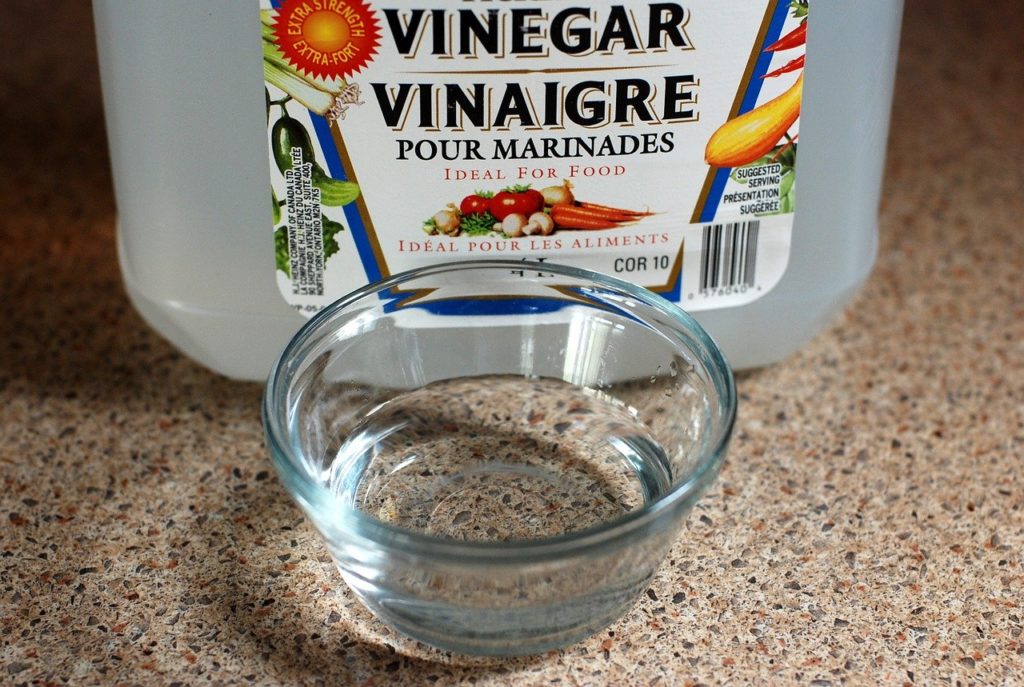
Check The Label
When you come to buy vinegar the only way to really ascertain the acidity is to check the label. If it doesn’t list the acidity then don’t use it for preserving.
Typical Acidity Levels For Different Vinegar
| Type Of Vinegar | Typical Acidity |
| Distilled White Vinegar | 5 -10% |
| Malt Vinegar | 4 – 5% |
| Cider Vinegar | 4 – 5% |
| Red Wine Vinegar | 6 – 7% |
| White Wine Vinegar | 6 – 7% |
| Balsamic Vinegar | 6 – 7% |
| Sherry Vinegar | 7 – 8% |
| Rice Wine Vinegar | 4 – 7% |
4% Acidity
This is the lowest level of acid allowed in vinegar as this is the minimum required level for it to be called a vinegar by commercial producers.
At this level of acidity, the uses are really limited to salad dressings and adding to sauces or stews. There is not enough acid at just 4% for canning and preserving so do not use vinegar of this acidity.
If there is no mention on the label of acidity then the vinegar is most likely to be 4% acid.
5% Acidity
A vinegar of 5% acidity is probably the most common or standard level of acidity of vinegar.
It is also an acceptable level of acid for preserving and canning when used in the correct amounts according to your recipe.
6% Acidity
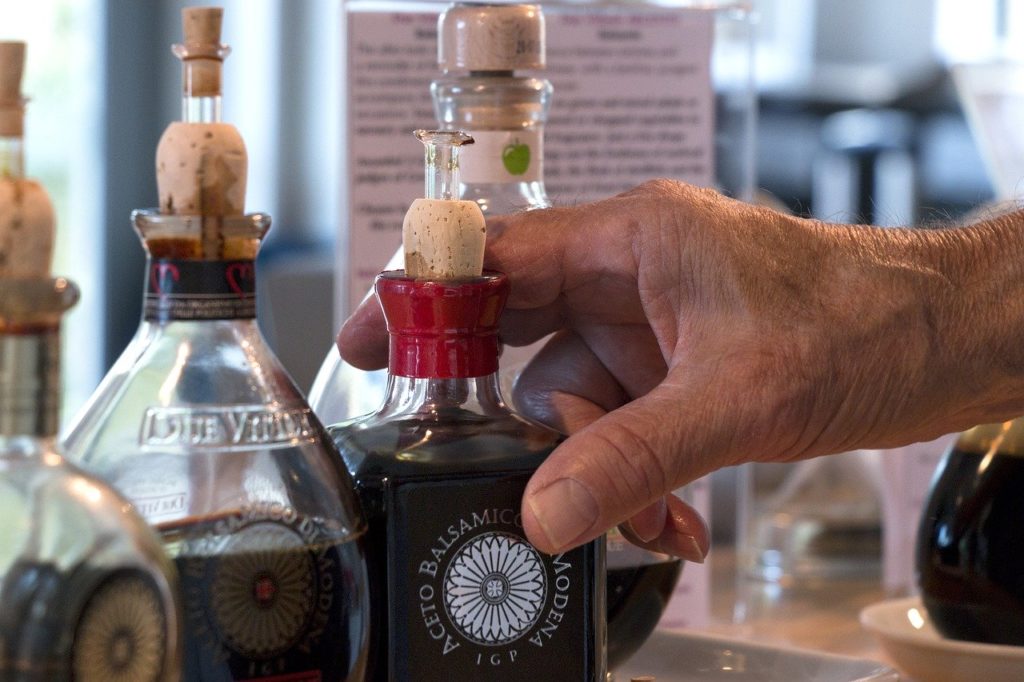
Wine vinegar and balsamic vinegar usually start at 6% acidity. Wine vinegar with the exception of rice wine vinegar start at around 6% acid and can be found at 7% acidity.
This level of acid is great for preserving and also balances flavour and acid fairly well.
10% Acidity
At 10% acidity, you will need to dilute the vinegar as it has levels of acetic acid far in excess of what is needed to preserve.
This is, of course, economical in the sense that if you are preserving large volumes diluting a 10% vinegar down by half or even slightly more will still be preservative at the same time as saving money.
15% Acidity or Greater
This level of acidity is more suited to commercial use. At this level, the vinegar will be pretty corrosive and will need handing with hand and eye protection.
It will be hard to find vinegar of this acidity and is usually not available to the consumer. It will need diluting by a significant amount so much smaller amounts are required.
The Most Acidic Vinegar
The vinegar with the highest acidity is a form of white vinegar that has been freeze distilled. The only applications for this type of vinegar are in commercial industry where it can be used for cleaning and so forth.
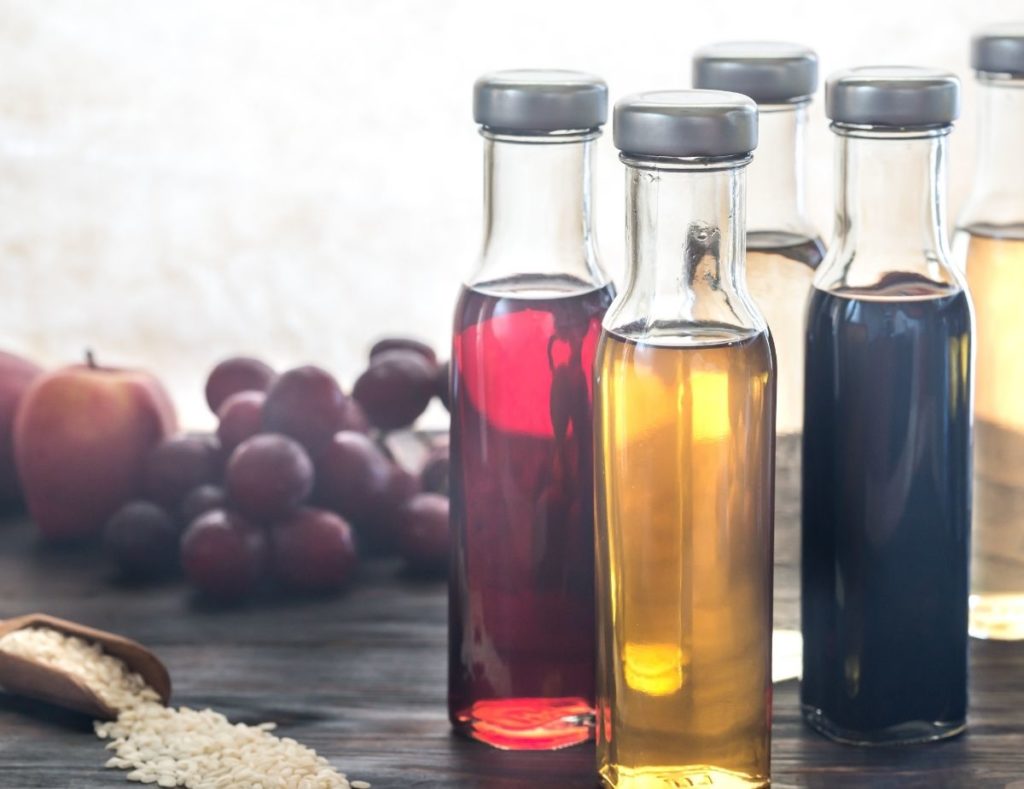

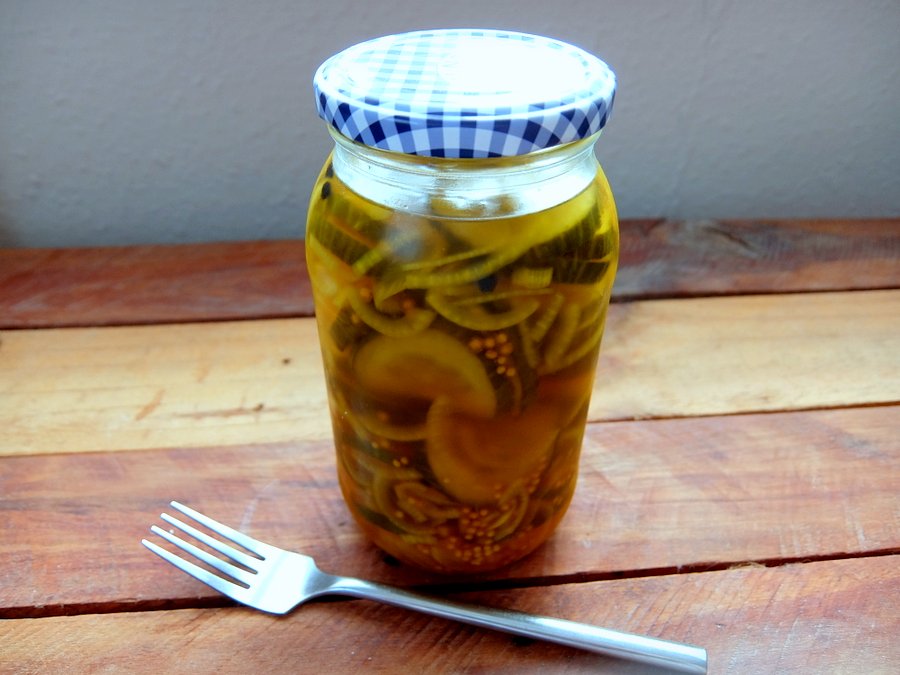
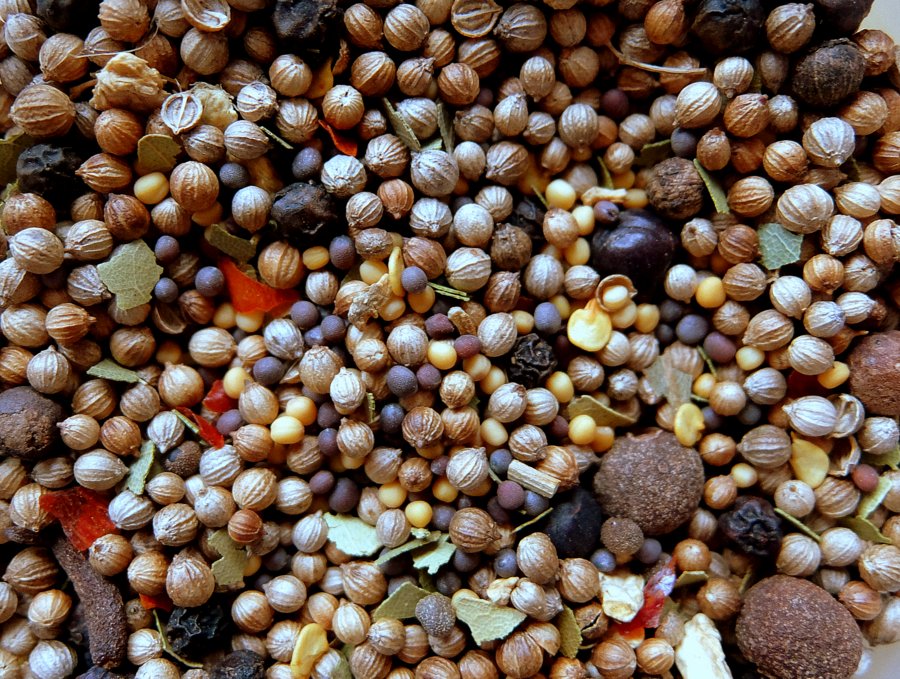
What brand sells 10% PICKLING vinegar? I unfortunately purchased 10% white vinegar, but it (according to the label) is only good for cleaning. Ugh. Can you help me? Thanks either way. Jo
10% acidity vinegar is sold in many European conutries but it is usually diluted by at least half. Of course, only use vinegar you feel is safe for consumption.